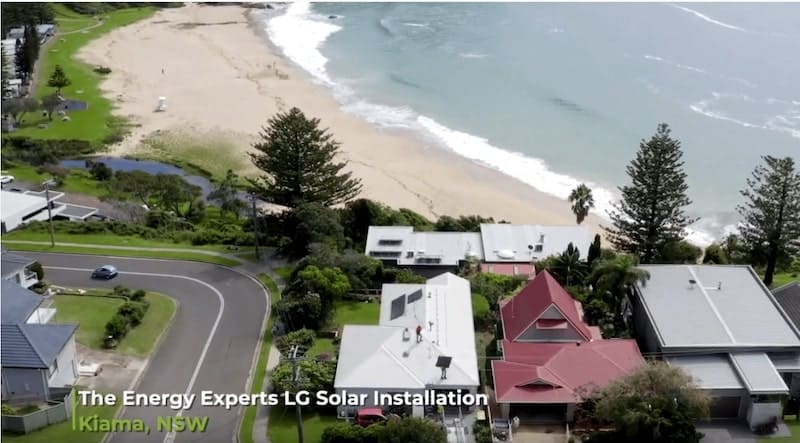For your home
Solar Feed-In Tariffs
What are Solar Feed-In Tariffs?
When your solar system produces excess electricity, it doesn’t get wasted. Instead, you can sell it back to the grid. The rate you get is known as a Feed-In Tariff (FiT) and it’s calculated per kilowatt-hour (kWh). FITs appear as credits on your electricity bill. If you have enough credits, this can go towards covering your night-time electricity usage costs and potentially even your daily supply charge (some energy providers will send you a cheque each quarter if you’re in credit or you can put the credit towards your next bill).
How much will you get paid for your Solar Feed-In Tariff?
- Electricity rates (what they charge you for the power you buy from the grid).
- Daily supply charge.
- Any terms and conditions such as ‘pay-on-time’ discounts or late payment fees that may impact you.
Not sure what Solar Feed-In Tariff you’re on?
The information will be on your electricity bill (it’s often referred to as a ‘Solar Credit’). If it’s not, call your provider to find out. Some electricity plans don’t offer a FiT, which is pretty cheeky, given they on-sell your power for a profit, so, it’s worth switching if your current provider doesn’t pay anything or if they only pay a small amount.
What about premium Solar Feed-In Tariffs?
Many years ago, early adopters of solar technology in Australia received extremely generous FiTs. These premium or legacy rates were as high as 60c/kWh, which was totally unsustainable. While current FiTs are nowhere near as high, this doesn’t mean that solar has stopped being a great investment.
In fact, the opposite has happened. Electricity bills have continued to skyrocket, while the cost of solar panels has plummeted. The amount you save on your system plus the free energy it generates more than makes up for the reduction in FiTs.







